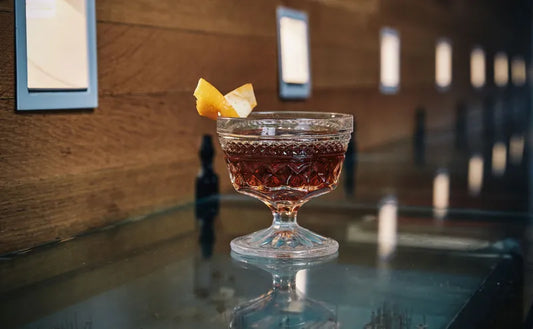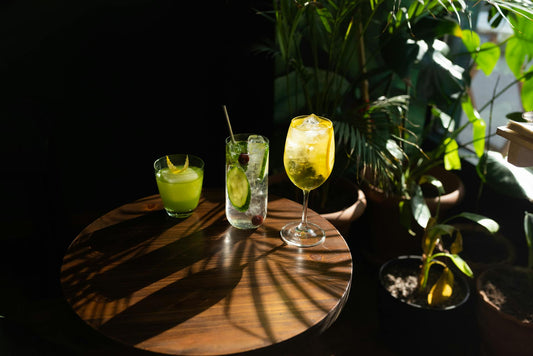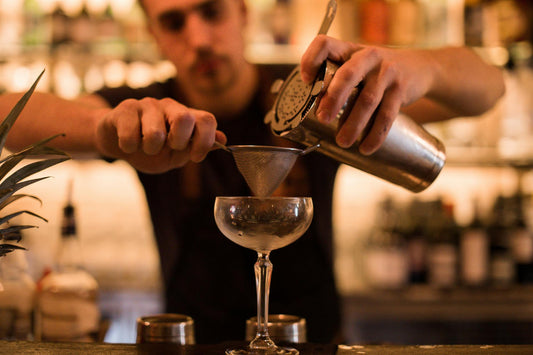Roasted Mule Mocktail: A Refreshing Non-Alcoholic Delight
SWEET to SOUR
(1-10)
STRENGTH
(1-10)
CALORIES
STANDARD
DRINKS
Note: these values are approximate and may vary dependent on the ingredients and brands you use.
More information...
The Roasted Mule Mocktail is a delightful non-alcoholic beverage that captures the essence of a classic cocktail while providing a refreshing twist. This drink is perfect for those who want to enjoy the sophisticated flavors of a cocktail without the effects of alcohol. The Roasted Mule Mocktail is a vibrant blend of Amaretto Adriatico Zero, freshly squeezed lime juice, rich sugar syrup, and chilled ginger beer, creating a harmonious balance of sweetness and spice.
To prepare this mocktail, one begins by selecting an Old-Fashioned glass, which not only adds a touch of elegance but also enhances the drinking experience. The glass is pre-chilled to ensure that the drink remains refreshingly cool, a crucial aspect when serving any cocktail or mocktail. The preparation process is straightforward yet rewarding, making it accessible for both novice and experienced mixologists.
The first step involves pouring 50 ml of Amaretto Adriatico Zero into the glass. This non-alcoholic amaretto alternative brings a rich, nutty flavor that is both sweet and aromatic, reminiscent of traditional amaretto but without the alcohol content. Next, 15 ml of freshly squeezed lime juice is added, introducing a zesty brightness that cuts through the sweetness of the amaretto. The lime juice not only enhances the flavor profile but also adds a refreshing tartness that balances the drink beautifully.
To further sweeten the mix, 10 ml of rich sugar syrup is incorporated. This syrup, made from a 2:1 ratio of sugar to water, provides a luscious sweetness that complements the other ingredients. The richness of the syrup ensures that the drink is not overly sweet, maintaining a well-rounded flavor that appeals to a wide range of palates.
Once these ingredients are combined, the next step is to add 90 ml of chilled Thomas Henry Ginger Beer. This ginger beer is known for its robust flavor and effervescence, which adds a delightful spiciness to the mocktail. The carbonation from the ginger beer not only enhances the drink's texture but also elevates the overall experience, making each sip invigorating.
After adding the ginger beer, the glass is filled with ice, and a brief stir is performed to ensure that all the ingredients are well mixed and chilled. The final touch is the garnish: a skewer of crystallized ginger. This not only adds a decorative element but also provides an additional layer of flavor, as the ginger's sweetness and spice complement the drink perfectly.
The Roasted Mule Mocktail is rated a 7 out of 10 on the sweetness to sour scale, making it a balanced choice for those who enjoy a hint of sweetness without overwhelming their taste buds. With only 210 calories and a negligible alcohol content of 0.05% alc./vol., this mocktail is a guilt-free indulgence that can be enjoyed at any time of day.
In conclusion, the Roasted Mule Mocktail is an excellent choice for gatherings, celebrations, or simply a refreshing drink at home. Its combination of flavors and textures makes it a standout option for anyone looking to enjoy a sophisticated beverage without the alcohol. Whether you’re hosting a party or just treating yourself, this mocktail is sure to impress.



